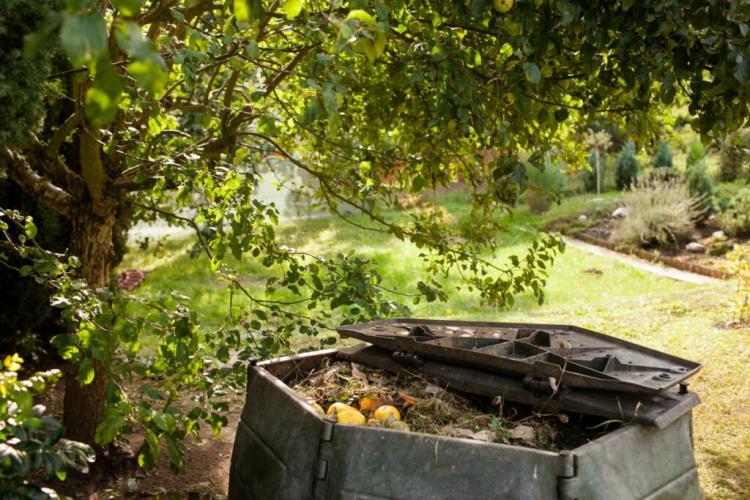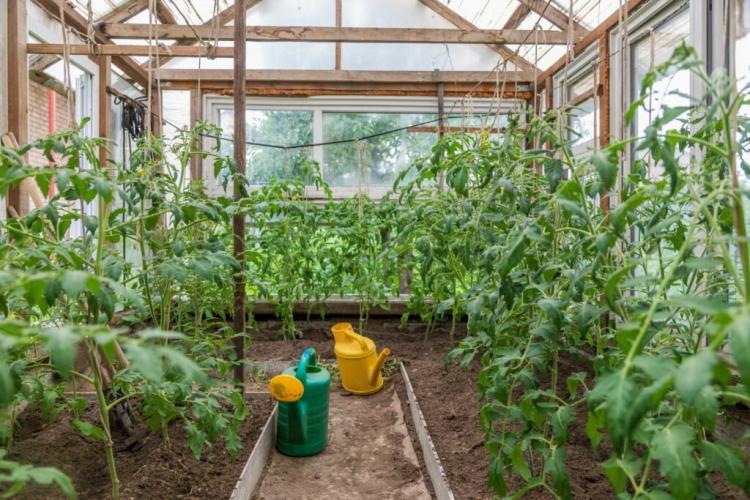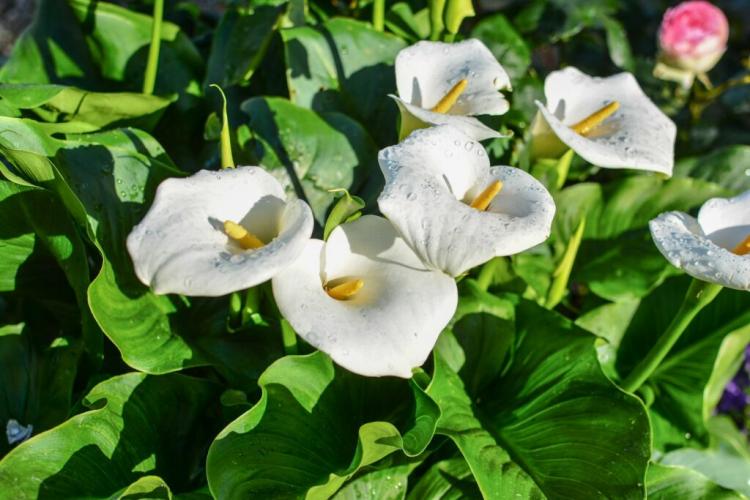Compost Pile: What Are Its Benefits & How Does It Work?
Are you considering making a compost pile? We provide you with advantages, possibilities, and conditions for your own composting of waste. Compost pile – is a rooster crows? And, if so, why? Composting combines various advantages, but of course, also involves more work than disposal in the organic waste bin. To better weigh the pros and cons, you will find the advantages and the amount of work compared to each other in this article. Many hobby gardeners swear by him, others aren’t sure whether the work is worth it. Below we summarize the advantages of a compost heap for you.
Benefits of a compost pile
Table of Contents
At first glance, a rotting pile of compost doesn’t seem like a very noble achievement of human civilization. So why did the unsightly pile concept catch on?
However, a compost heap impresses with some good arguments, which we would like to present to you here.
- A compost heap picks up the waste that would otherwise end up in the organic or residual waste bin, thus ensuring smaller bin sizes.
- When a compost heap has to be emptied, you get valuable fertilizer in the same breath, which every connoisseur licks their fingers for.
- Garden waste such as grass clippings, leaves or wood scraps, shrubs, lawns, and hedge clippings can be disposed of directly on site.
- The use of compost ranges – depending on the type of compost – from applying it as a fertilizing and protective layer of mulch to using it as an effective soil improver to mixing your own potting soil.
- The building or purchasing your own composter usually means little effort; with a little experience, the same applies to the preparation and layering. With just a little bit of knowledge, hardly anything can go wrong.
- The presence of a compost heap often attracts useful insects, mammals, and birds that, for example, eat pests, loosen the soil, and, in some cases, are very worth protecting and in need of protection. The garden shrew, for example, is an effective eater of snails and insect pests but is listed as “endangered” on the red list.
Sell compost
Although most garden owners can barely have enough of their months of matured compost, sometimes the reverse is also true: if someone runs such a pile just to minimize waste costs, but without using compost for a garden, sooner or later he will be in charge a pile of fragrant fertilizer – and don’t know where to put it. Since the quality of your compost has not been tested or guaranteed in any way, it is impossible and also not legally permissible to sell your own compost at a profit.
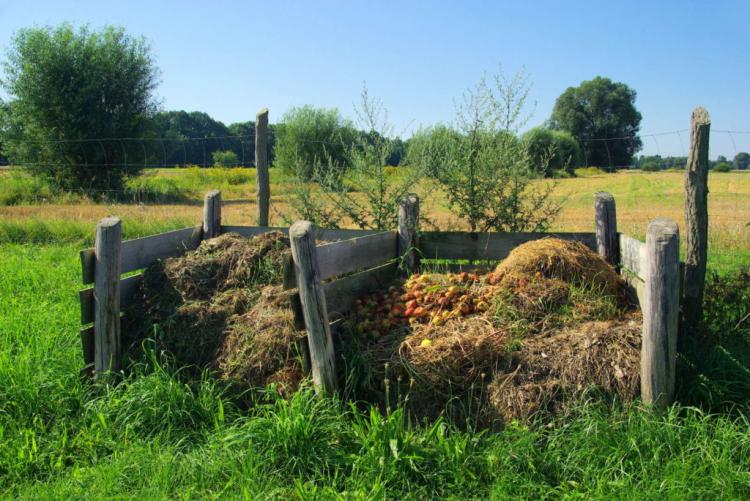
If the quality of your compost has not been checked, you are unfortunately not allowed to sell it for a profit [Photo: LianeM / Shutterstock.com]
No prudent landscaper or horticultural company will spend money on compost whose composition and nutrient content are not documented and whose effect on soil and plants cannot be foreseen. Instead of selling your compost, you can simply choose one of the following options:
- Giving away compost to friends, family, acquaintances, and neighbors or placing an advertisement and passing it on to unknown gardeners – you can certainly agree on an appropriate remuneration
- Create a bed or raised bed, plant bushes or trees to somehow accommodate the large amount of compost in your own garden at the right moment and also in the long term
- Dispose of the compost at the recycling center – up to a certain volume, this is even done free of charge at many green waste collection points
There are certainly other ways to dispose of your compost: Perhaps the local allotment gardening association or the community would like to beautify a bed around a monument and need good soil – if you go around the world with open ears, you will very likely find someone who will help you the coveted compost material gratefully accepts.
You might so like: What Is Compost? Properties, Origin, And Yield
How does a compost pile work?
In the compost – if the conditions allow it – the structure of your green and organic waste is broken down by thousands upon thousands of microorganisms to then be put together into new molecules, the humus molecules – or “humic acids”. If you take a closer look at the whole thing, the organisms involved – insects, worms, roundworms, mites, snails, fungi, and bacteria – eat and digest your carbohydrate and nutrient-rich legacies.
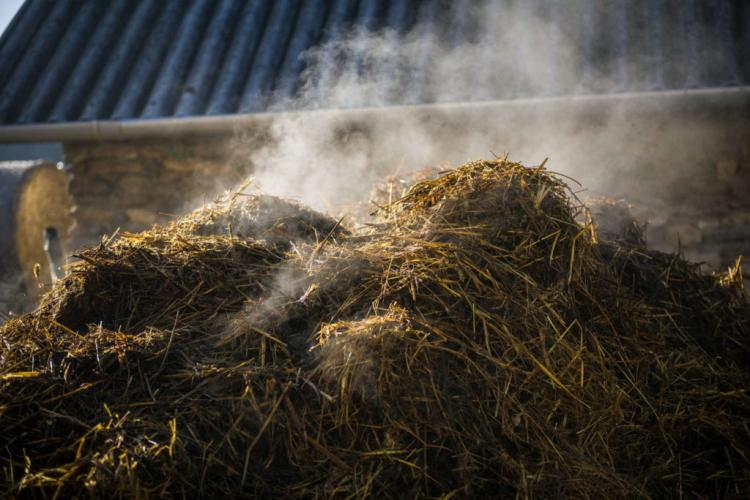
So they are used to generate energy, just like we eat a slice of bread. And just as we then have to carry something to the toilet and exhale carbon from the carbohydrates in the form of CO2 (carbon dioxide), so do the little compost helpers: the most diverse types of material excrete in increasingly shredded form until only molecules and atoms are left, and exhale CO2.
You might so like: Toxic Heavy Metals In The Garden From Fertilizers?
Their vital activity creates heat, which can cause temperatures of over 60 ° C to develop in isolated piles. The composition of new biomolecules also takes place in part in the digestive system – for example in that of earthworms. However, purely chemical processes also lead to the aggregation of the molecular building blocks. Their composition makes them very stable against renewed degradation by microorganisms and also gives them the special properties of compost.
Fresh compost, ready-made compost, and mature compost
Under good conditions, fresh compost can be obtained after just six to eight weeks. At this stage it is as nutrient-rich as the raw materials it has received allow it. This means that compost made from nutrient-poor material is of course never particularly rich in nutrients. As fresh compost, however, it is at its maximum in this regard – from now on the availability of nutrients goes downhill.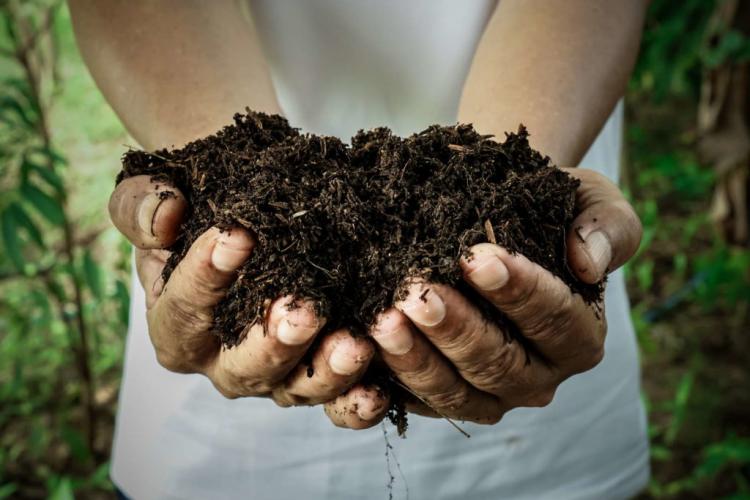
After five to six months, you get ready-made compost, which consists of roughly equal parts of nutrient-rich and nutrient-poor, more stable material.
After one or two years, one finally speaks of ripe compost, which because of its lack of nutrients has little effect as a plant fertilizer, but can exorbitantly increase the properties of the soil by remaining in your bed as a stable soil improver.
Living conditions of the microorganisms involved in the compost heap
For the composting to proceed as quickly as described above, the working creatures must be fine. They must be able to reproduce to eat and convert larger quantities.
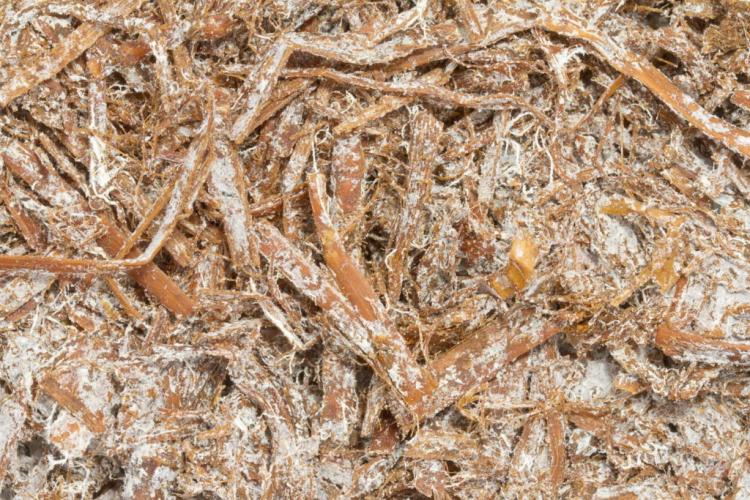
In the following, we have summarized for you a few keywords which conditions promote your activity.
- Oxygen is of course very important for air-breathing (aerobic) organisms. A heap that is too wet or too dense takes the air out of them and lets them die.
- Moisture is just as crucial: like us humans, the little helpers consist largely of water and can therefore only reproduce and survive in the presence of it.
- Heat increases the activity of microorganisms – up to astonishingly high temperatures of around 60 ° C. Anything far above that, however, makes her die from the heat.
- The pH value influences the life activity and reproduction, even the composition of the organisms living in the compost. If it gets too acidic, mushrooms, in particular, feel good and multiply more strongly. In a slightly alkaline range, this applies to bacteria. The type of compost that is created also changes with the prevailing pH value: If it fluctuates to one extreme or another, humus molecules with less valuable properties are created or the rotting process slows down overall.
- The rate of decomposition is influenced by the nutrient content. Microorganisms in particular need a lot of nitrogen to be active and to be able to multiply. Compost material rich in nutrients is therefore beneficial, and compost material poor in nutrients hinders its activity. In this context, too, both extremes should be avoided: Too much nitrogen leads to the decomposition of the newly formed humus molecules, while too little nitrogen causes the composting process to come to a standstill.
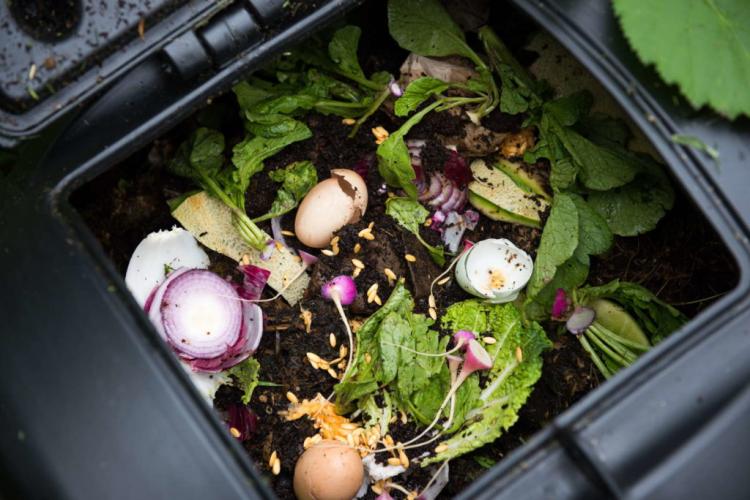
Ultimately, composting is about optimizing all of these conditions so that a large amount of high-quality compost is produced as quickly as possible. The oxygen supply is ensured by using coarse, bulky material, possibly also by moving or mixing and through air slots on the composters. The humidity is to be controlled by the location, the cover, and any watering.
You might so like: Fertilize Magnolia: When, How And Which Fertilizer?
Heat can also be influenced by the location and at the same time by the type of composter used: Any form of insulation – self-insulation, covering with straw or leaves, insulation in compost walls – helps to keep the temperature even and high. For warming, composters are always dark in color. The pH value is of course determined by the compost material used. If the material is too acidic – for example from bog beds or conifers – the compost in question can be dusted with a little lime. The same applies to the nutrient content: If the compost material is too nutrient-poor, it can be balanced out with simple nitrogen fertilizers – also in moderation. You can find out here how a composter has to be constructed that promotes composting well.
Composting in a composter: workload
So how much work is running a composter? In the following, we have put together a small overview table for the operation of a normal compost heap, which can give you an initial overview.
| activity | How often? |
|---|---|
| Collect organic waste | Every day, as for the organic/residual waste bin |
| Stack organic waste and garden waste in such a way that fine and coarse alternate; possibly apply lime or nitrogen; possibly layer in compost for inoculation | Weekly |
| Rearrange/move compost | If the odor and putrefaction develop as required, otherwise once or twice a year |
| Fresh compost can be removed, the fresh compost can be sieved, and rearranged | Every 4 to 6 weeks under optimal conditions |
| Ready-made compost can be removed, sieved ready-made compost, rearranged | Every 5 to 6 months under optimal conditions |
| Ripe compost can be removed, but rearranged | Every 1 to 2 years |
When using high-speed composters or thermal composters, there is no need to rearrange; the filling in layers must be done very carefully. The removal takes place here through a flap at the foot of the composter so that the remaining compost material only slides down from above and does not have to be layered again. In the case of rolling composters, there is no need to move or shift.

However, due to the constant mixing, it is not possible to remove individual compost stages. If you use a worm box, you should also pay attention to an airy layering. It is possible to remove vermicompost after six to nine months.
As you can see, the type of composting and the amount of work you do will ultimately depend on which composter you are using. The selection of the same should, in turn, suit your needs.
